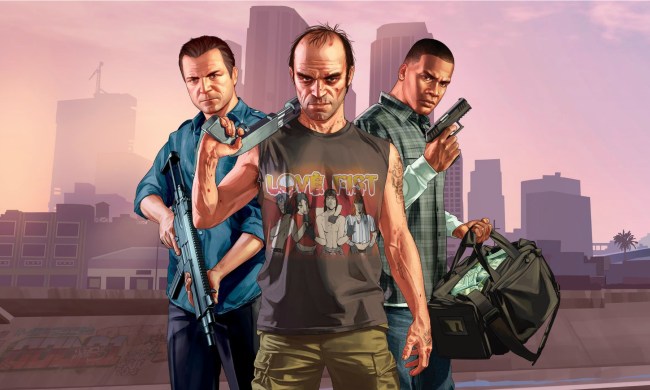This year’s Tribeca Festival is a big deal for video game fans. While most well known as a film festival, this year’s show features eight indie games as official selections. Those range from anticipated titles like Kena: Bridge of Spirits to eye-catching curiosities like The Big Con.
It’s a historic moment for both the festival and the gaming industry as a whole. Despite video games’ continued growth as a primary form of entertainment, the art world has been reluctant to accept the medium as a legitimate form of storytelling. Seeing something like indie title Twelve Minutes on the same festival lineup as In The Heights is a clear indication that games have finally broken past decades of stigma and found acceptance.
Ahead of this year’s show, I spoke with the organizers behind Tribeca Festival about what a film festival looks for in its video game selections.
Telling a story
Games have been quietly entering traditional film spaces for years now. Tribeca in particular has embraced the medium in recent years, showcasing massive games like God of War in previous festivals. According to Tribeca Festival Co-Founder and CEO Jane Rosenthal, this year’s festival is a natural destination after years of groundwork.
“From the beginning, Tribeca Games set out to elevate the art and story of games and to create something different from pre-existing games festivals. We’ve worked for a number of years to have a full-blown games competition, highlighting the talent and voices from the industry holistically,” Rosenthal tells Digital Trends. “With the advent of games as Official Selections this year, we’re focused on the creators, the process, the storytelling and the intersection between games, entertainment and culture.”

“Story” is the key word that comes up when speaking to Tribeca’s organizers and that’s apparent when looking at the eight games that made the cut. While each title completely differs in style, a tight focus on narrative unifies them. That’s no accident, according to Tribeca Games Vice President Casey Baltes.
“We’re really looking at it through the lens of artistic excellence in storytelling. That’s both how we look at the selections and what the jury looks for in the award,” Baltes explains.
That criteria makes perfect sense. Certain games have started to borrow from the film world more and more over the years. Titles like The Last of Us borrow Hollywood storytelling techniques to tell narratives that are as complex as anything we see on the silver screen. For proof of just how revered video game storytelling is nowadays, consider that The Last of Us is currently being adapted into an HBO series with Chernobyl showrunner Craig Mazin attached.

Video games are a little complicated when it comes to storytelling, though. While some games are completely authored, other games feature more emergent narratives that aren’t explicitly scripted. Even any given match of Fortnite has a story for each player. When it came to selected games that represented “excellence in storytelling,” Baltes says that Tribeca had to tackle narrative much differently than it would a film.
“We wanted everyone to look at storytelling in the broadest sense,” says Baltes. “Games are such a unique medium in that there’s absolute player agency and interactivity. The players themselves get to contribute to the story or in some instances narrate the story themselves without direct text. We highly encouraged submitters to broaden their own interpretations of what story can be.”
That idea of interpretation is central to Tribeca’s philosophy. Video games are a particularly unique medium due to their interactive nature. While two people can have different takeaways from a movie, they’re viewing the exact same film. That’s not so much the case in games where the players themselves often direct the action. Casey Baltes sees that as a particular strength of the medium, which can accomplish a special brand of personal storytelling that sets it apart from film.

“Games have the ability to allow players to bring their own interpretation,” says Baltes. “It’s less about just experiencing it from an interactive perspective; it’s about having a really deep connection and drawing on personal experiences through playing a game. Games have the ability to do so by their interactivity and player agency.”
This is only the start for gaming’s increased presence at the festival. Tribeca says it will continue to feature games as official selections moving forward, so this isn’t an experiment. It’s a sign that the film world has finally grasped what makes video games special as an artistic medium. If festivals like Sundance follow Tribeca’s lead, expos like E3 might find some unexpected competition when it comes to where indie developers choose to showcase their industry-defining work.
This year’s Tribeca Festival will run from June 9 to June 20. Attendees can sign up to get hands-on demos with all eight games in competition.



